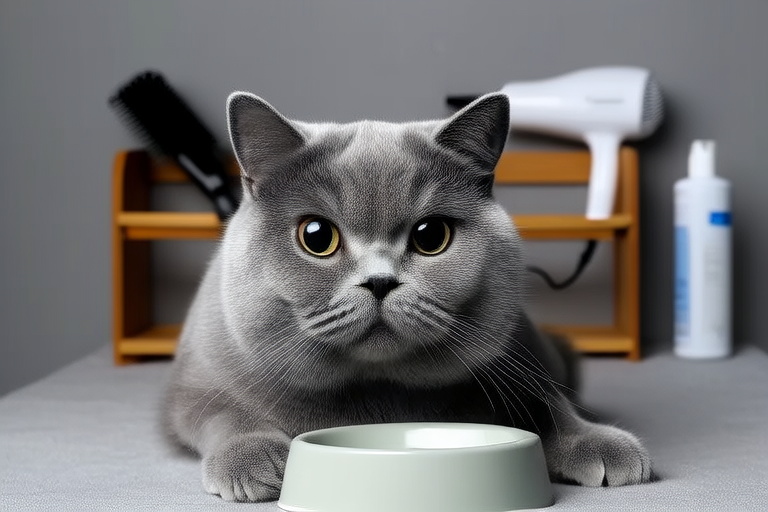Grooming Chinchillas: A Comprehensive Guide
Welcome to our comprehensive guide on grooming chinchillas! Whether you’re a new or experienced owner, understanding how to properly groom your chinchilla is crucial for their health and well-being. This guide will cover essential tools, frequency of grooming, dust bathing instructions, nail trimming techniques, spot cleaning methods, handling tips, potential issues to watch out for, and advice on maintaining a hygienic environment.
Essential Tools Needed for Grooming Chinchillas
To effectively groom your chinchilla, you’ll need a few key tools:
- Chinchilla dust bath: Chinchillas require regular dust baths to keep their coats clean and healthy. You can purchase commercial chinchilla dust from pet stores or create your own by mixing fine volcanic ash with baking soda.
- Nail clippers: Invest in a pair of small animal nail clippers designed specifically for rodents.
- Toothbrush: A soft-bristled toothbrush can be used to gently brush away any dirt or debris from your chinchilla’s fur.
- Cotton balls: These are useful for cleaning around the eyes and ears.
- Soft cloth: Use a soft cloth to wipe down your chinchilla’s body after dust bathing.
- Q-tips: Q-tips can be used to clean inside the ears if necessary.
Frequency of Grooming
Chinchillas require minimal grooming due to their self-cleaning habits. However, regular maintenance is still important to ensure their health and comfort. Here’s a general guideline for how often you should groom your chinchilla:
- Dust bathing: Provide a dust bath twice a week for about 15 minutes each session. Avoid over-bathing as it can dry out their skin.
- Nail trimming: Trim nails every 4-6 weeks or as needed based on growth.
- Spot cleaning: Clean up any messes immediately to prevent odors and bacterial growth.
Dust Bathing Instructions
Dust bathing is essential for keeping your chinchilla’s coat clean and healthy. Follow these steps for a successful dust bath:
- Choose a quiet area free from drafts.
- Place a shallow container filled with chinchilla dust in your chinchilla’s enclosure.
- Allow your chinchilla to roll around in the dust for about 15 minutes.
- Remove the dust bath once your chinchilla has finished.
- Use a soft cloth to wipe down your chinchilla’s body after dust bathing.
Expert Tip: Always supervise your chinchilla during dust bathing to ensure they don’t ingest too much dust, which can lead to respiratory problems.
Nail Trimming Techniques
Regular nail trimming is necessary to prevent overgrowth and discomfort. Follow these steps for safe and effective nail trimming:
- Restrain your chinchilla gently but firmly.
- Trim the tip of each nail, avoiding the quick (the pink part containing blood vessels).
- Use styptic powder or cornstarch to stop any bleeding if you accidentally cut into the quick.
Expert Insight: If you’re unsure about nail trimming, consider taking your chinchilla to a professional groomer or veterinarian for assistance.
Spot Cleaning Methods
Spot cleaning involves removing any messes from your chinchilla’s enclosure to maintain hygiene. Follow these steps for effective spot cleaning:
- Remove any soiled bedding.
- Use a soft-bristled toothbrush to scrub away any stains.
- Wipe down the enclosure with a mild disinfectant solution.
- Replace the bedding with fresh, clean material.
Expert Tip: Regularly inspect your chinchilla’s enclosure for signs of wear and tear, and replace any damaged items promptly.
Handling Tips to Ensure Calmness and Comfort
Proper handling is crucial for ensuring your chinchilla remains calm and comfortable during grooming. Follow these tips for safe and gentle handling:
- Approach your chinchilla slowly and calmly.
- Support their body with one hand while restraining their limbs with the other.
- Avoid sudden movements or loud noises that may startle your chinchilla.
- Praise and reward your chinchilla with treats for good behavior during grooming sessions.
Expert Insight: Building trust and familiarity with your chinchilla through positive reinforcement will make grooming sessions more enjoyable for both of you.
Potential Issues to Watch Out For During Grooming
Be vigilant for signs of distress or discomfort during grooming sessions. Some common issues to watch out for include:
- Excessive scratching or grooming, which may indicate skin irritation or parasites.
- Respiratory distress, such as labored breathing or sneezing, which could be a sign of respiratory infection.
- Bleeding or swelling at the nail site, which may indicate an injury or infection.
If you notice any concerning symptoms, consult a veterinarian for proper diagnosis and treatment.
Maintaining a Hygienic Environment
Maintaining a clean and hygienic environment is essential for your chinchilla’s overall health. Follow these tips for a healthy living space:
- Provide fresh water daily.
- Change the bedding regularly to prevent odors and bacterial growth.
- Keep the enclosure clean and free from debris.
- Ensure proper ventilation to prevent respiratory issues.
Expert Tip: Consider using a dehumidifier during humid weather to reduce moisture levels in the enclosure.
Conclusion
Grooming your chinchilla is an essential part of their care routine. By following the steps outlined in this guide, you can help ensure your chinchilla stays healthy, happy, and comfortable. Remember to handle your chinchilla gently and provide a clean, hygienic environment. With patience and practice, grooming sessions can become enjoyable bonding experiences for both you and your furry friend.
